Have you ever wondered why some cats are chattier than others? From a soft purring sound to loud meows, feline vocalizations can vary significantly. Understanding the reasons behind cat vocalization helps owners create a more harmonious relationship with their furry companions. In this article, we’ll explore seven reasons why some cats are more vocal than others, providing insights that blend cat behavior, biology, and environment.
Genetic Factors: A Breed Thing
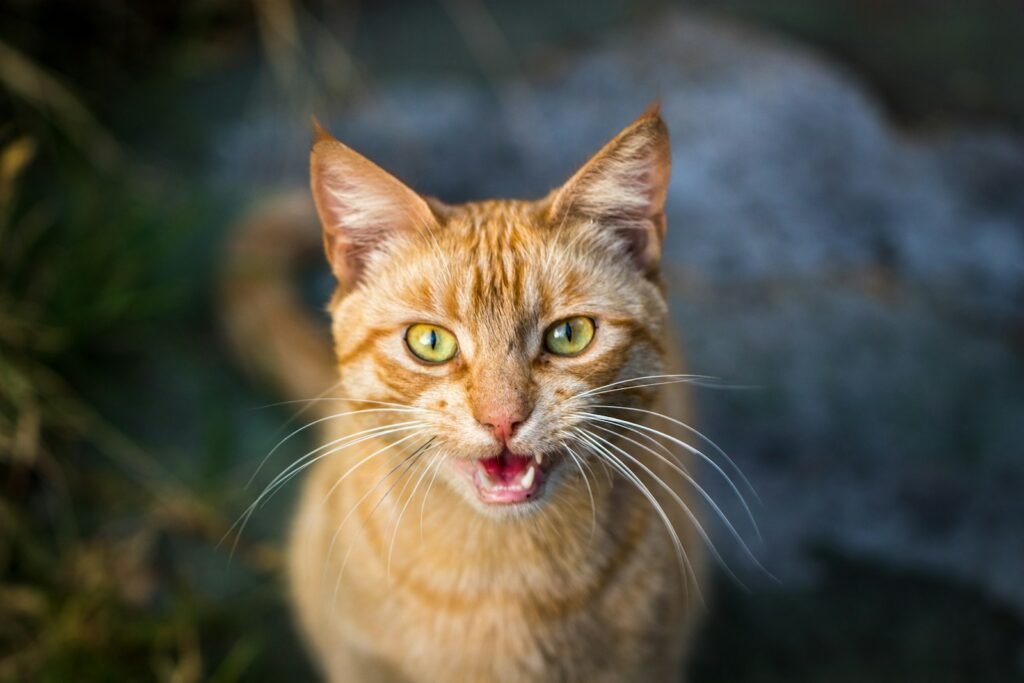
One of the primary reasons for vocal differences among cats is genetics. Certain breeds are naturally more vocal due to their genetic makeup. Siamese cats, for instance, are famous for their talkative nature. They may engage in prolonged “conversations” with their owners, making them perfect companions for people who enjoy interactive pets. In contrast, breeds like the British Shorthair are typically quieter and more reserved.
Communication With Humans: A Social Interaction
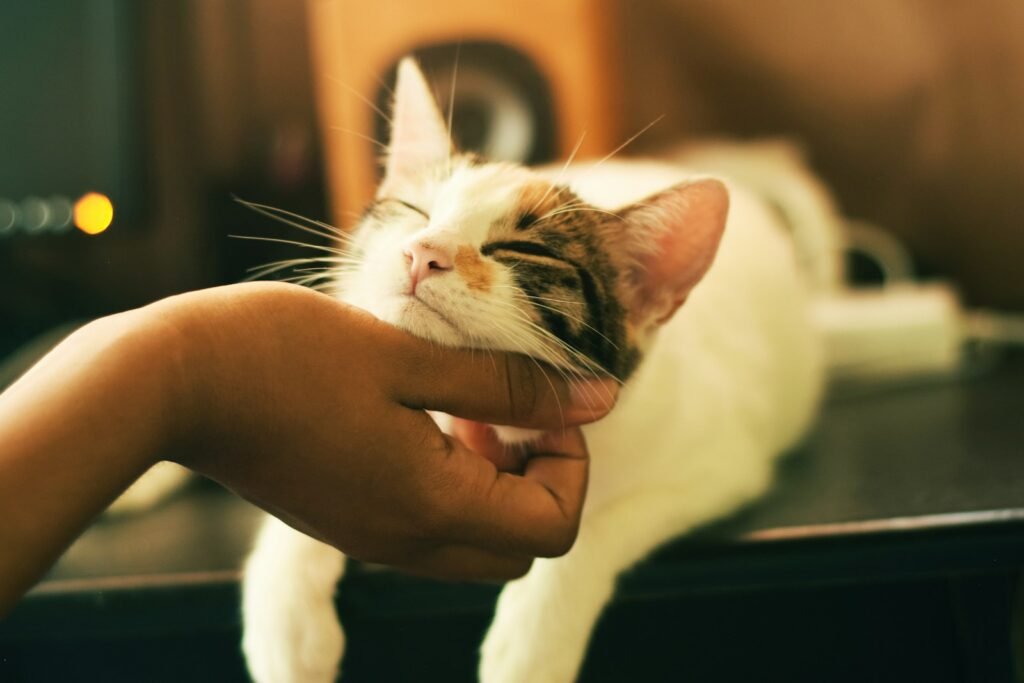
Cats often use vocalization to communicate with their human companions. Over time, they’ve learned that humans respond to meows, chirps, and trills, encouraging them to use these sounds to convey desires and emotions. A vocal cat may be trying to tell you it’s time for dinner or requesting affection. Understanding this aspect of their behavior can deepen the owner-pet bond.
Personality and Individual Variation
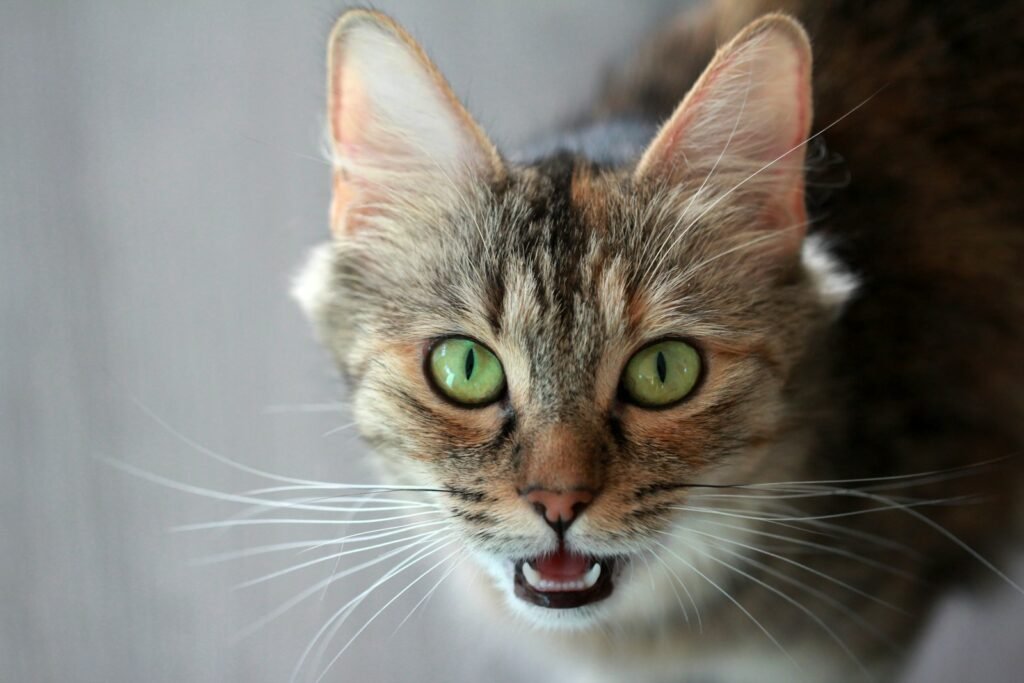
Just like humans, cats have distinct personalities. Some are naturally more expressive and outgoing, while others may be more reserved and independent. A curious and social cat may vocalize frequently to engage its environment and human companions. These personality traits can significantly influence a cat’s level of vocalization and should be taken into account when considering a pet’s overall behavior.
Attention-Seeking Behavior
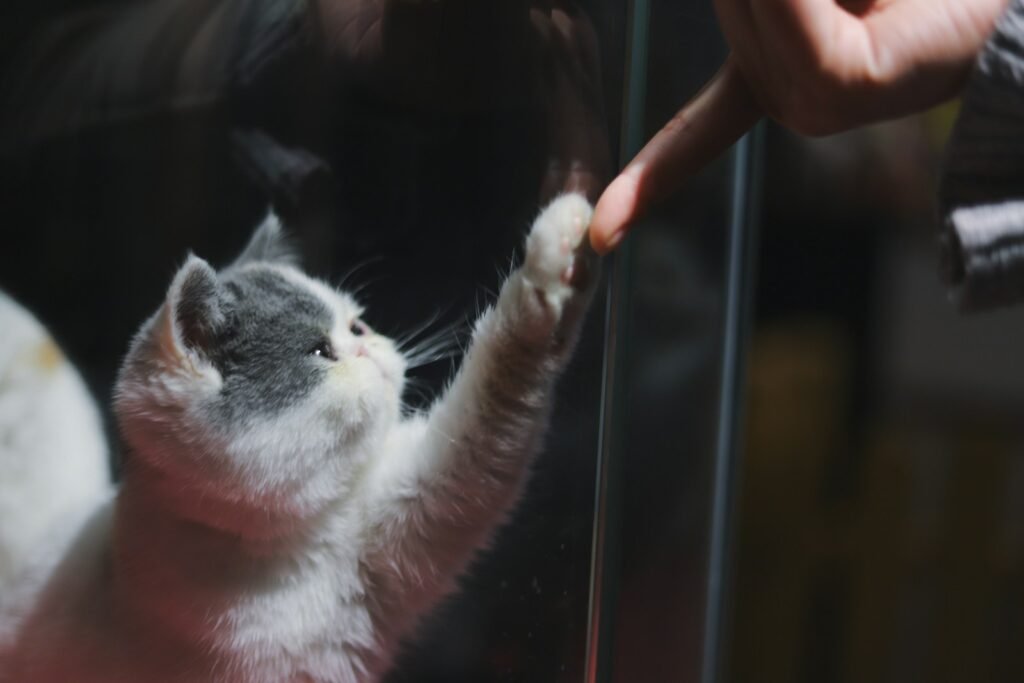
Cats are clever creatures and can learn that vocalizing is an effective way to get attention from their owners. Whether it’s for playtime, food, or just a friendly pat on the head, vocal cats may meow persistently until they receive the attention they seek. Owners need to be mindful of reinforcing this behavior, as it can lead to excessive meowing if not managed properly.
Health and Age Considerations
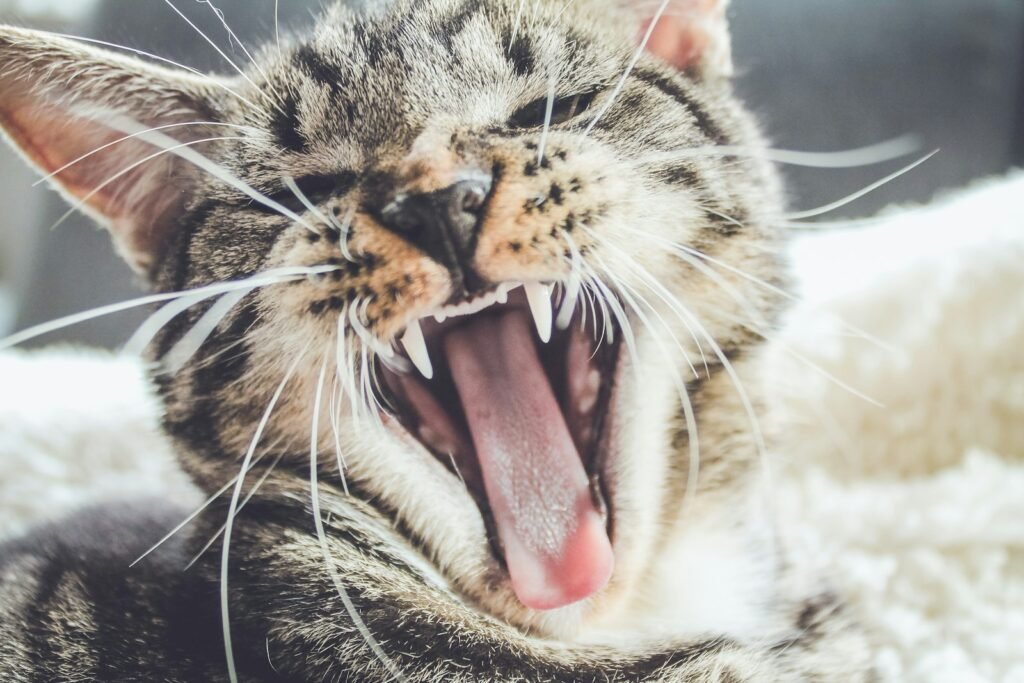
Vocalization can often be linked to a cat’s health or age. Senior cats may become more vocal due to age-related issues such as cognitive dysfunction or deafness. Additionally, vocalization can indicate health problems like hyperthyroidism, hypertension, or pain. If a typically quiet cat suddenly becomes more vocal, a vet check-up should be considered to rule out underlying medical issues.
Environmental Stimuli and Stress
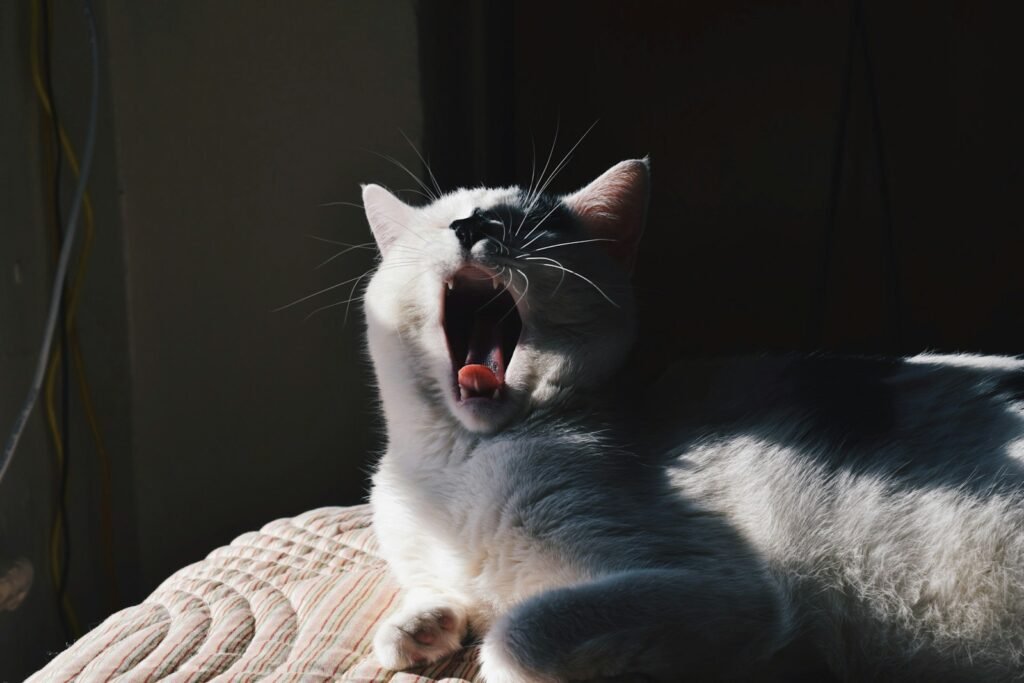
A cat’s environment can significantly impact its level of vocalization. Changes in their surroundings, like moving to a new home or the introduction of another pet, can increase stress levels and lead to more vocal behavior. Cats express their discomfort or stress through vocalization, alerting attentive owners to alter or alleviate stressful stimuli.
The Role of Spaying or Neutering

Reproductive status can also affect a cat’s vocal tendencies. Intact cats, or those that have not been spayed or neutered, are often more vocal due to mating calls or hormonal behaviors. Spaying or neutering can reduce such vocalizations and other related behaviors, contributing to a more serene household environment.
Learning and Habituation
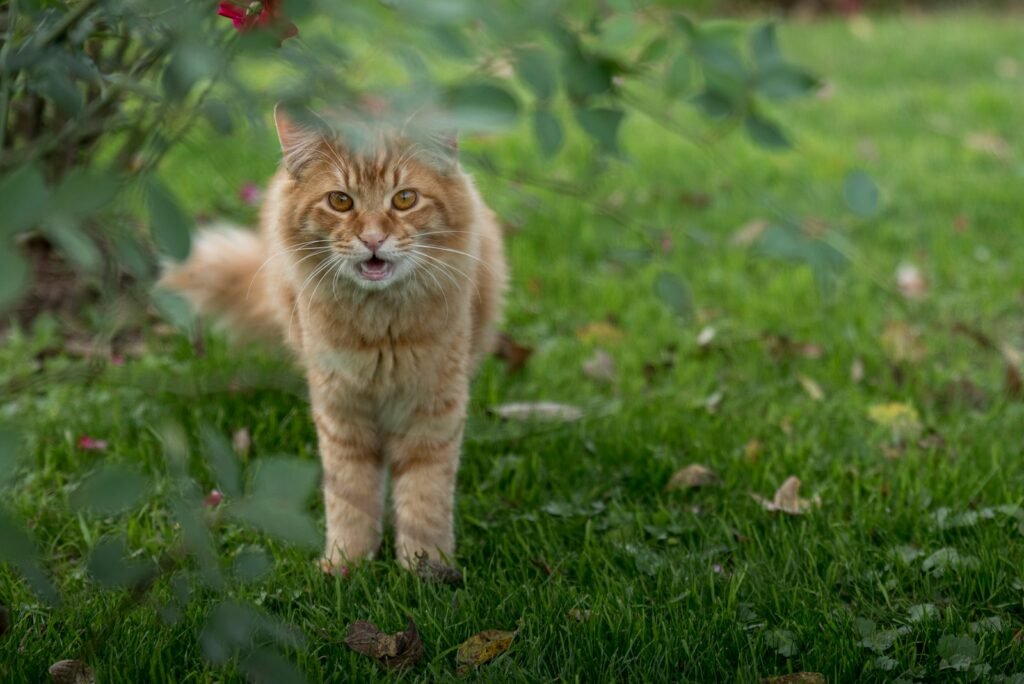
Cats learn through experience and observation. If they receive attention or treats after vocalizing, they’re likely to repeat the behavior. This learning process may result in increased vocalization, as cats adapt to methods that yield rewards. In these cases, managing the frequency of vocalization becomes a task of altering their learned behavior patterns.
Tips for Managing a Vocal Cat

If you’re living with a particularly vocal cat, there are ways to manage the behavior. Ensure their basic needs are met, including food, water, and a clean litter box. Spend time playing and interacting with your cat to meet their social needs. Additionally, providing a stimulating environment with toys and perches can help reduce boredom-induced meows.
Conclusion
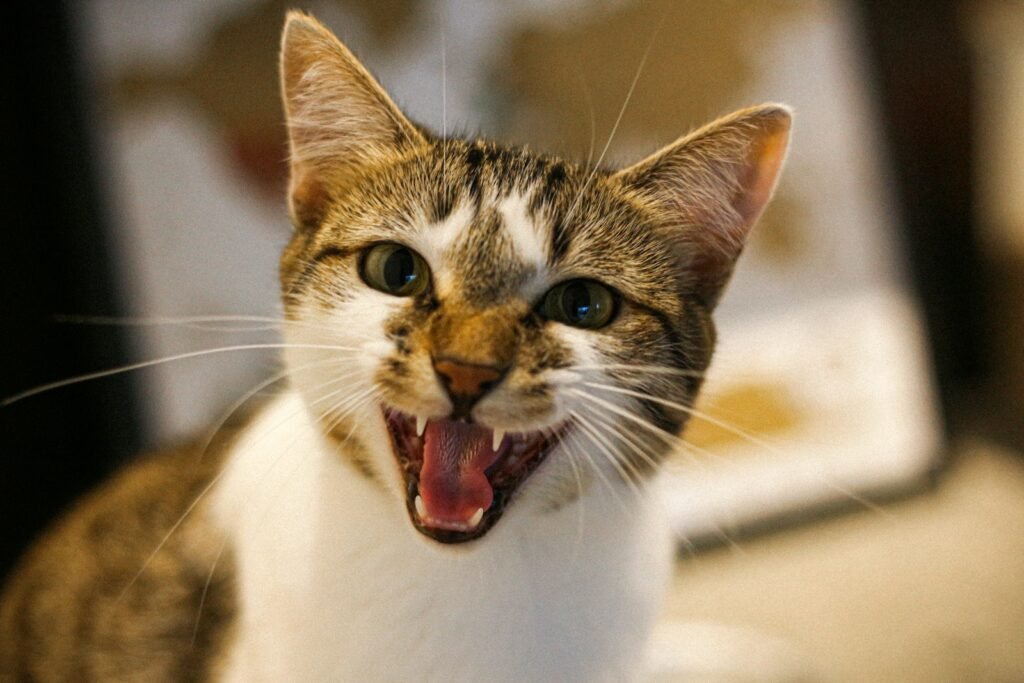
Understanding why some cats are more vocal than others involves a mix of genetics, personality, communication needs, and environmental factors. Often, a vocal cat is simply expressing itself, seeking attention, or communicating some need or discomfort. By understanding and recognizing these reasons, owners can better appreciate their feline friends’ unique ways of expression and ensure their well-being.

Suhail Ahmed is a passionate digital professional and nature enthusiast with over 8 years of experience in content strategy, SEO, web development, and digital operations. Alongside his freelance journey, Suhail actively contributes to nature and wildlife platforms like Feline Fam, where he channels his curiosity for the Feline into engaging, educational storytelling.
With a strong background in managing digital ecosystems — from ecommerce stores and WordPress websites to social media and automation — Suhail merges technical precision with creative insight. His content reflects a rare balance: SEO-friendly yet deeply human, data-informed yet emotionally resonant.
Driven by a love for discovery and storytelling, Suhail believes in using digital platforms to amplify causes that matter — especially those protecting Earth’s biodiversity and inspiring sustainable living. Whether he’s managing online projects or crafting wildlife content, his goal remains the same: to inform, inspire, and leave a positive digital footprint.






